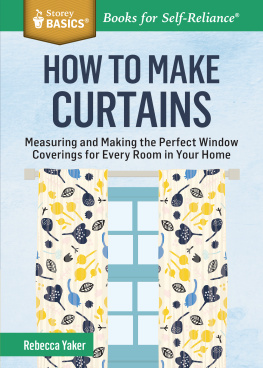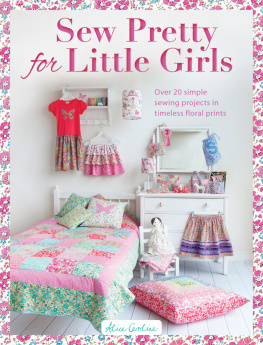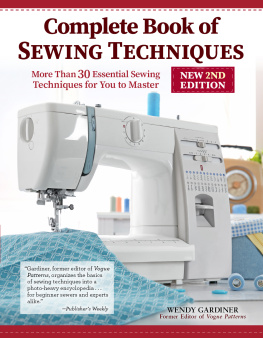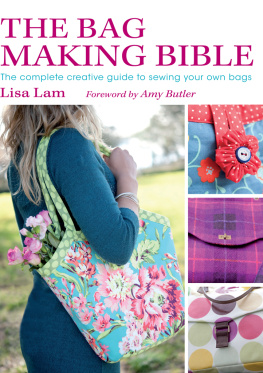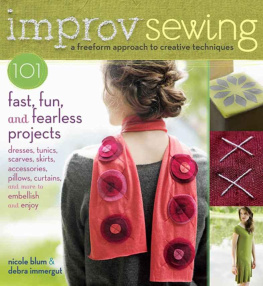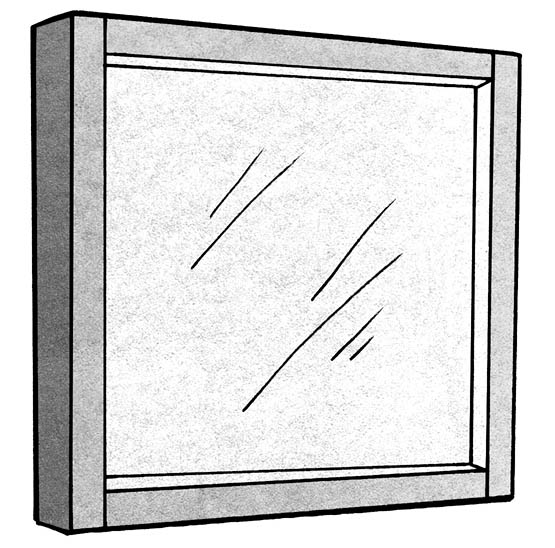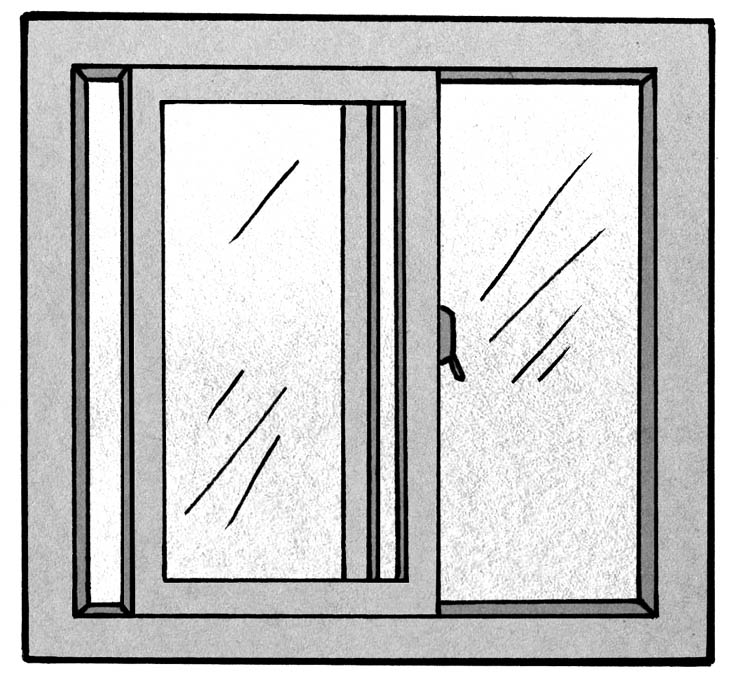Rebecca Yaker - How to Make Curtains: Measuring and Making the Perfect Window Coverings for Every Room in Your Home. A Storey BASICS® Title
Here you can read online Rebecca Yaker - How to Make Curtains: Measuring and Making the Perfect Window Coverings for Every Room in Your Home. A Storey BASICS® Title full text of the book (entire story) in english for free. Download pdf and epub, get meaning, cover and reviews about this ebook. year: 2015, publisher: Storey Publishing, LLC, genre: Home and family / Art. Description of the work, (preface) as well as reviews are available. Best literature library LitArk.com created for fans of good reading and offers a wide selection of genres:
Romance novel
Science fiction
Adventure
Detective
Science
History
Home and family
Prose
Art
Politics
Computer
Non-fiction
Religion
Business
Children
Humor
Choose a favorite category and find really read worthwhile books. Enjoy immersion in the world of imagination, feel the emotions of the characters or learn something new for yourself, make an fascinating discovery.
- Book:How to Make Curtains: Measuring and Making the Perfect Window Coverings for Every Room in Your Home. A Storey BASICS® Title
- Author:
- Publisher:Storey Publishing, LLC
- Genre:
- Year:2015
- Rating:3 / 5
- Favourites:Add to favourites
- Your mark:
How to Make Curtains: Measuring and Making the Perfect Window Coverings for Every Room in Your Home. A Storey BASICS® Title: summary, description and annotation
We offer to read an annotation, description, summary or preface (depends on what the author of the book "How to Make Curtains: Measuring and Making the Perfect Window Coverings for Every Room in Your Home. A Storey BASICS® Title" wrote himself). If you haven't found the necessary information about the book — write in the comments, we will try to find it.
Rebecca Yaker, co-author of the best-selling One-Yard Wonders, offers this complete introduction to making your own curtains, covering everything from measuring to calculating yardage, choosing the best fabrics, sewing your curtains, adding linings, and selecting the right fixtures and hardware for hanging. She includes step-by-step instructions for making five different curtain styles: pleats, eyelets, tab tops, tie tops, and rod pockets.
Rebecca Yaker: author's other books
Who wrote How to Make Curtains: Measuring and Making the Perfect Window Coverings for Every Room in Your Home. A Storey BASICS® Title? Find out the surname, the name of the author of the book and a list of all author's works by series.

